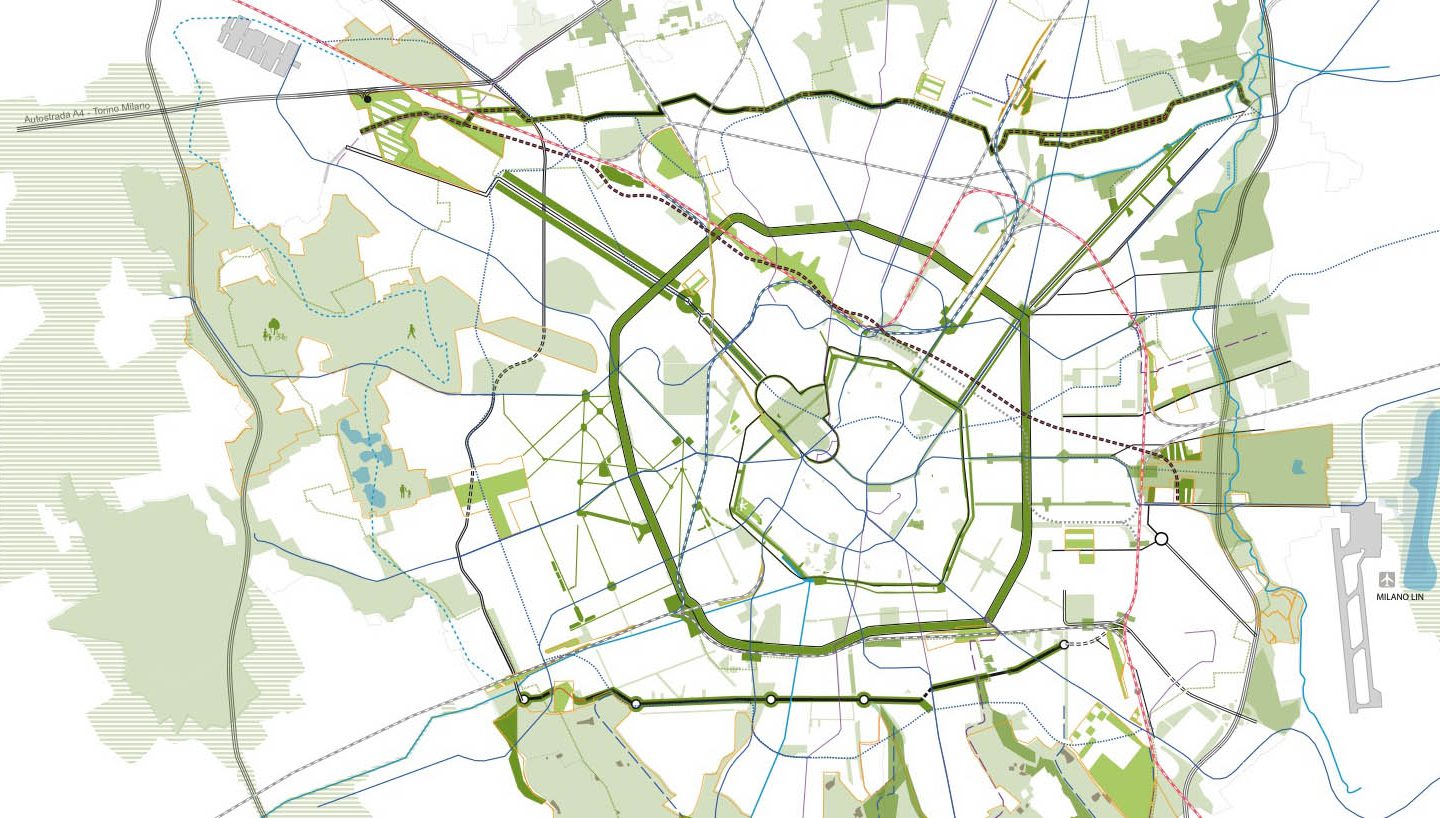The paper deals with the transfer of development rights (TDR) in Italy. It presents a comparative analysis of the TDR programs implemented in the twelve capital cities of the Lombardy region in the past decade. After introducing the international debate on TDR and the distinctive features of the transfer of development rights in Italy, the essay analyses the specificity of TDR programs in Lombardy. The spread of this planning mechanism is stressed, and seven relevant characterising aspects of TDR programs in Lombardy are highlighted (with reference to: reasons for TDR adoption, designation of sending and receiving areas, allocation rate, destiny of sending areas, mandatory nature of the transfer, market of development rights and role of the public authority). The analysis identifies internal factors (e.g. related to the design of the program) and external factors (e.g. exogenous to the program, such as the condition of the real estate market) for the success of the transfer of development rights in the Lombardy case. It allows us also to enrich (and partially correct) the international debate on the TDR, by considering the diffusion of this planning tool in Italy and its potential.

